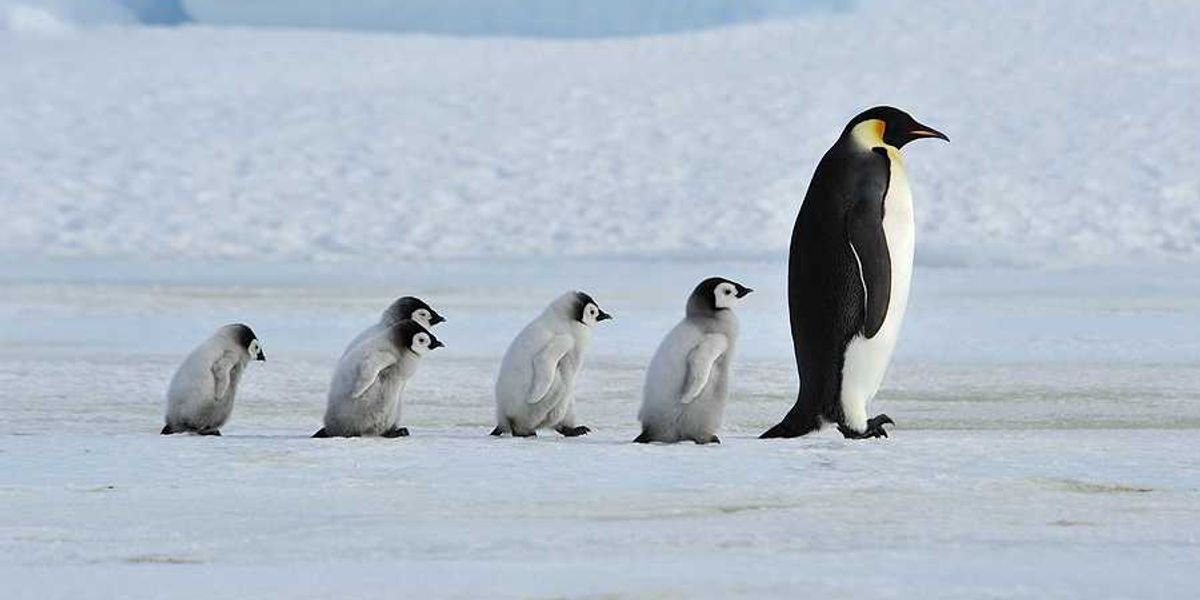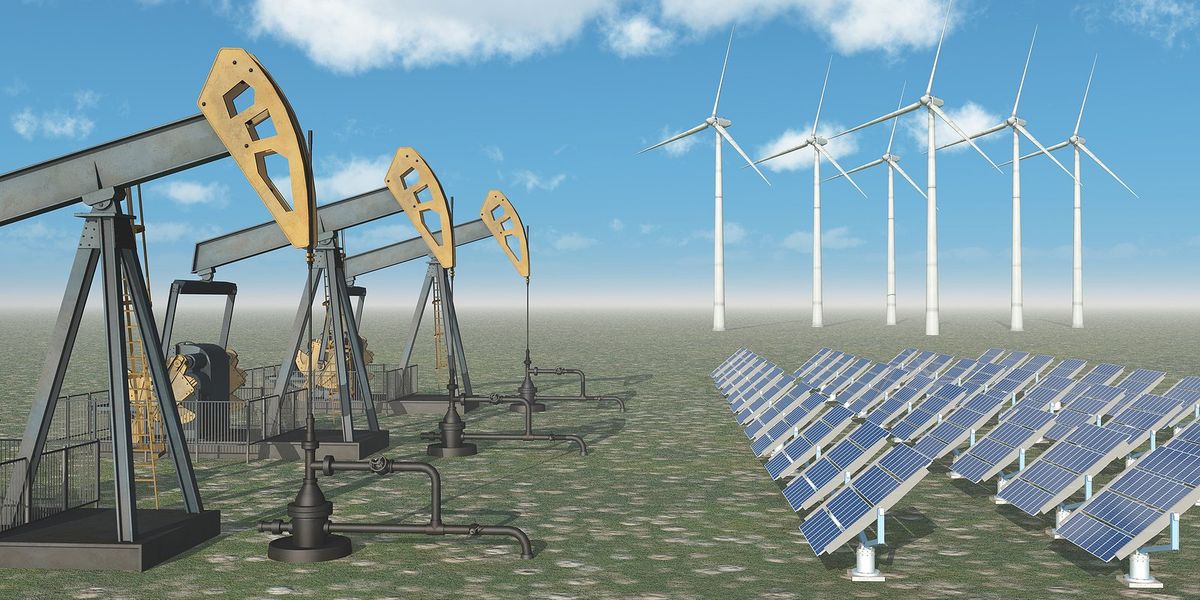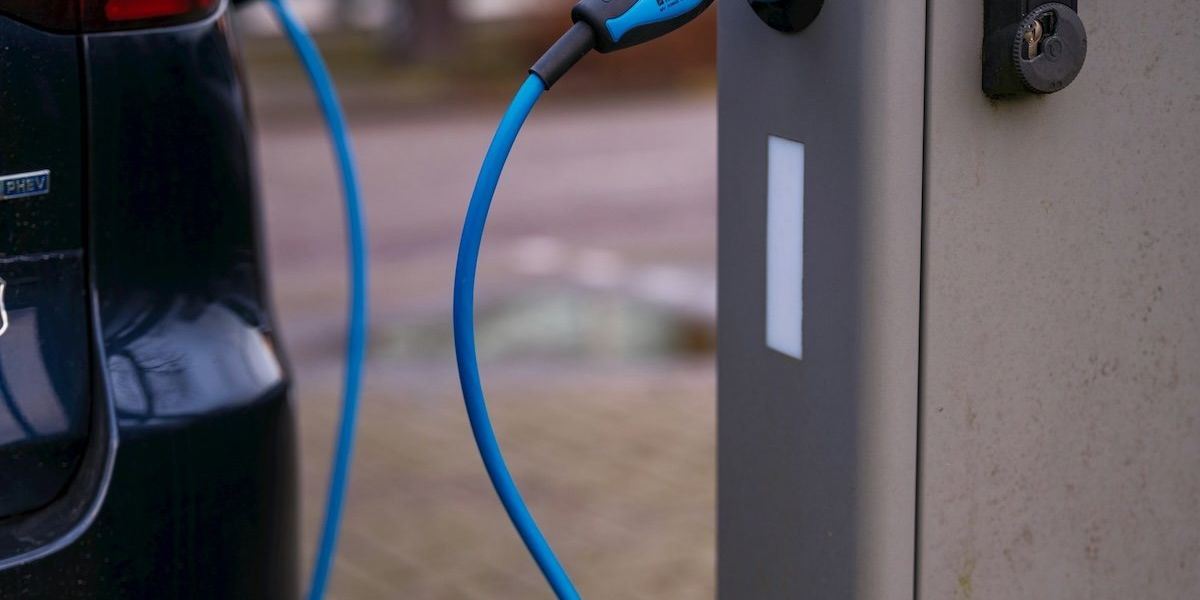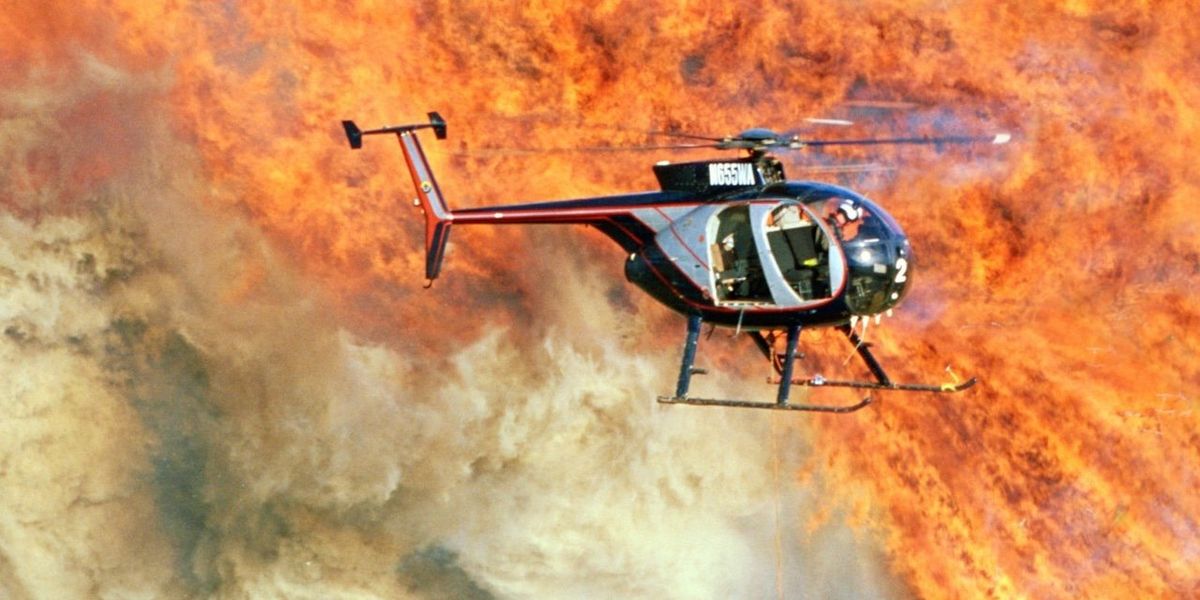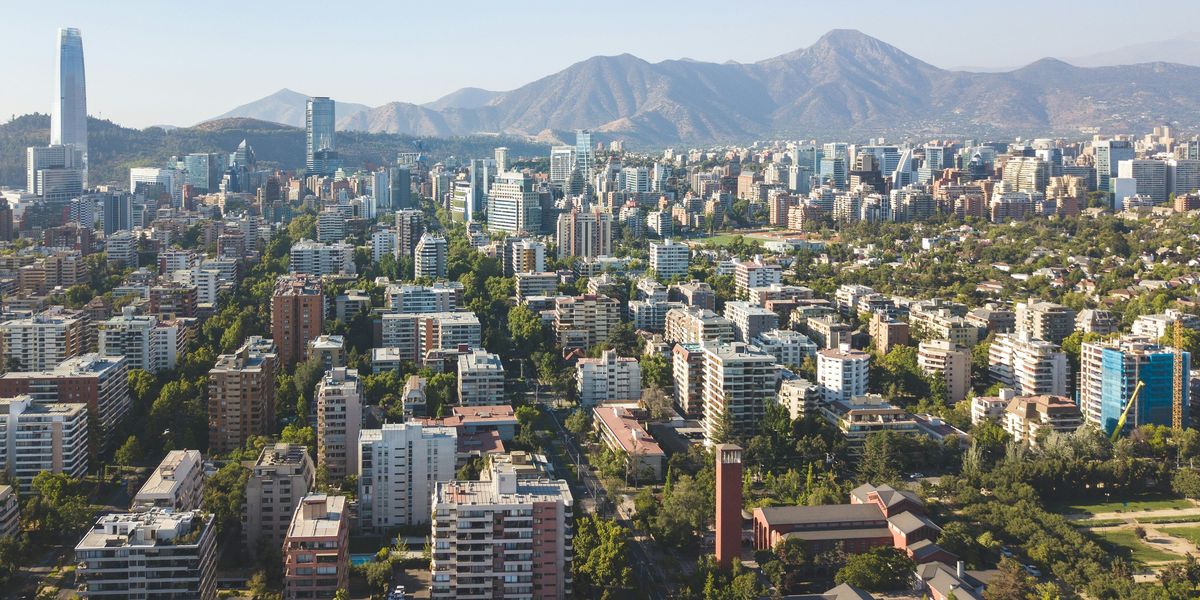Green Islam reframes climate responsibility as a sacred act of community care in Indonesia
As rising seas and vanishing forests remake Indonesia’s landscape, a growing movement rooted in Islam is reshaping climate action as a shared religious and civic duty.
Sara Miller Llana and Lindsey McGinnis report for The Christian Science Monitor.
In short:
- Indonesia’s Green Islam movement integrates environmental stewardship into Islamic education and worship, framing ecological care as a religious obligation rather than a scientific issue.
- Climate-related disasters and industrial extraction — including palm oil and nickel mining — are devastating forests and communities, but faith leaders, especially those in trusted roles, are helping mobilize public concern and engagement.
- Grassroots programs like eco-boarding schools and interfaith environmental clubs are uniting youth and diverse communities around climate action, offering a model for social harmony and civic resilience.
Key quote:
“Islam says to do a good job for the Earth, and the Earth will do good for you.”
— Hayu Prabowo, chairman of the Environment & Natural Resources Body of the Ulema Council
Why this matters:
Indonesia’s climate crisis is playing out at a dangerous intersection of environmental degradation, urban collapse, and cultural complexity. Jakarta is literally sinking. Forests are falling to the global demand for palm oil and minerals for electric vehicle batteries. Peatland destruction fuels carbon emissions and fire risk. At the same time, Indonesia is the most populous Muslim-majority country, and religion remains the most trusted institution. Green Islam taps into that deep trust to shift perspectives on the environment — not through fear or science alone, but through moral duty and faith. In a country that has seen deadly ethnic and religious violence, shared concern over polluted air, vanishing forests, and a warming world also offers neutral ground for peacebuilding. And in a place where top-down solutions often fail, faith-rooted community action might prove to be the most enduring response to the climate emergency.
Related: Indonesian religious leaders push for environmental action through Islamic teachings


